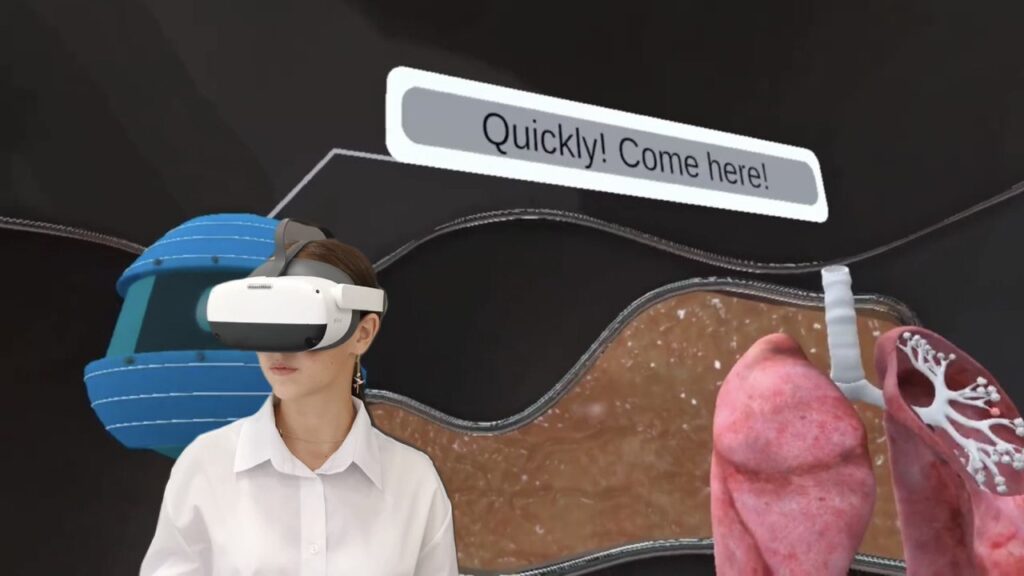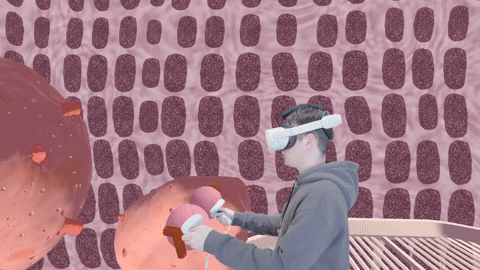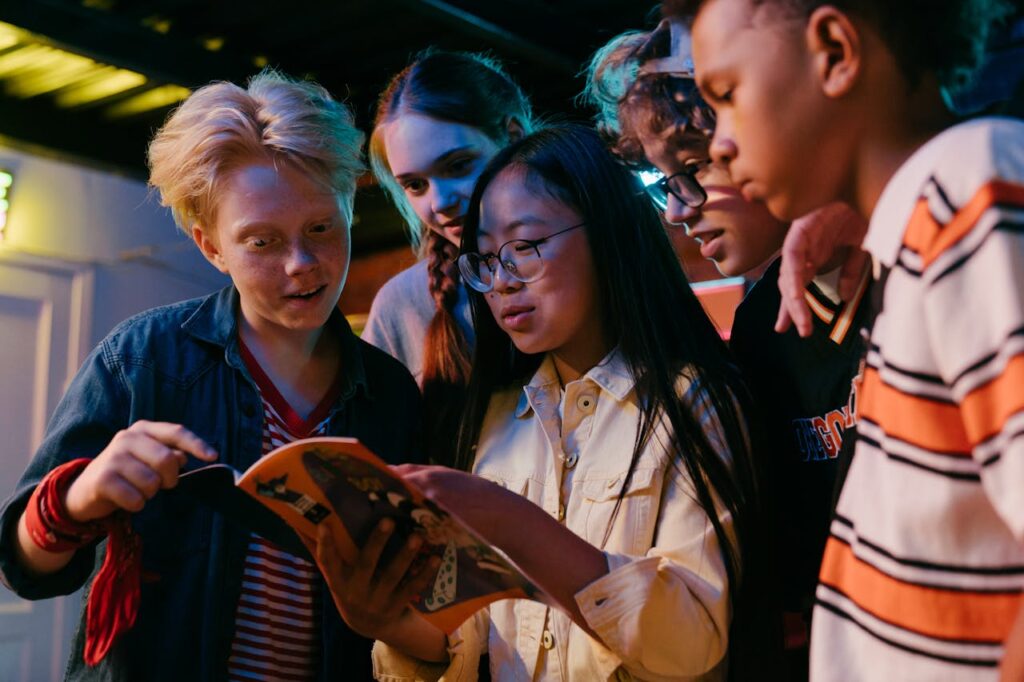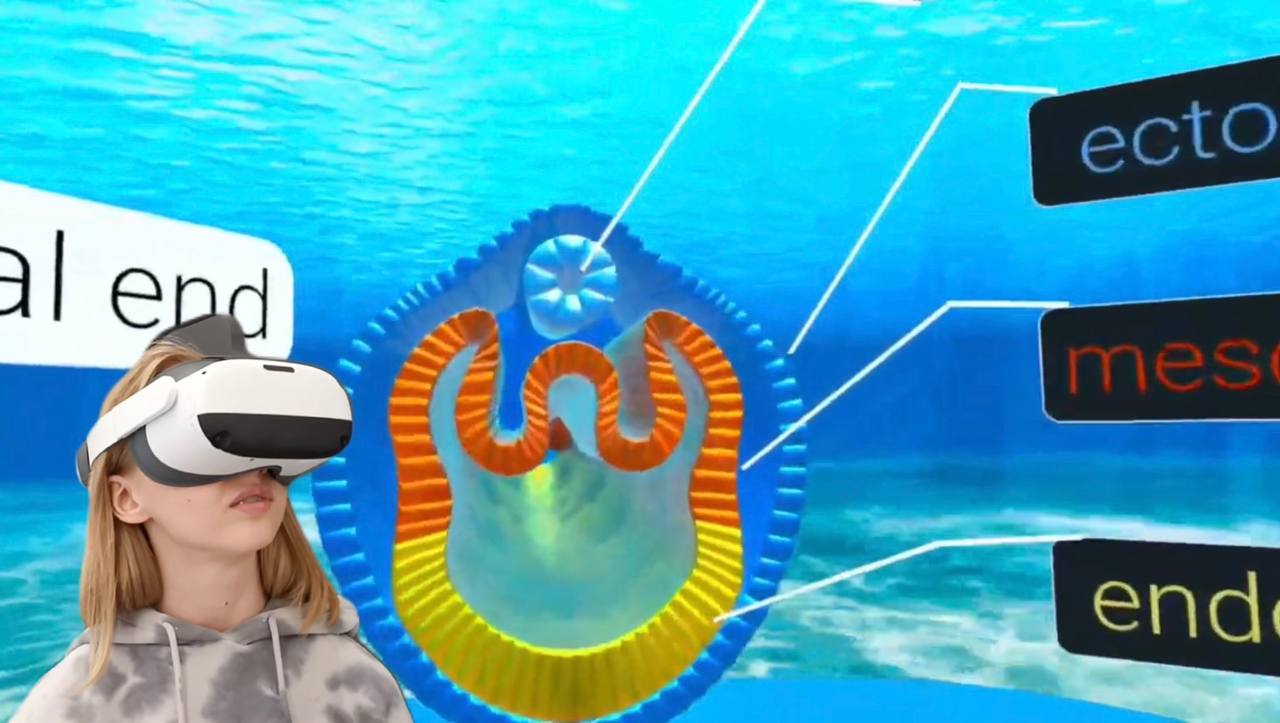How to Make STEM Education More Inclusive for Girls
Despite significant progress toward gender equality, the gender gap in STEM (Science, Technology, Engineering, and Mathematics) remains a major challenge. Societal misconceptions and unconscious biases continue to steer many girls away from STEM subjects, limiting their future opportunities and depriving these fields of diverse talent. This article explores the underlying issues and proposes solutions, including the use of immersive technology, to encourage more girls to embrace STEM.
The Vicious Cycle of Gender Stereotypes
From an early age, children often internalize beliefs about which subjects are “for boys” and which ones are “for girls.” These assumptions become self-fulfilling: girls doubt their own abilities in math or science, disengage early, and consequently miss out on crucial learning opportunities. Because fewer women pursue STEM careers, there are fewer role models for younger girls, reinforcing the idea that STEM is a male-dominated domain. This cycle repeats unless educators, parents, and society intervene.
Stemming the Flow of Misconceptions
Adults play a pivotal role in this cycle. When teachers or parents unconsciously suggest that boys are naturally better at math or science, girls receive the message that STEM is beyond their reach. Media portrayals further compound the issue—lack of female scientists in shows, books, or games leads girls to believe these careers are not for them. Overcoming these biases means highlighting women who have made significant contributions in science and engineering, providing girls with tangible examples to emulate.
Why Girls Often Avoid STEM

Girls face multiple pressures that discourage them from exploring subjects like physics or computer science. Their own self-perceptions may be shaped by cultural norms or limited exposure to positive STEM experiences. Parents sometimes inadvertently push daughters away from technical fields by offering different toys or extracurricular activities compared to sons. Schools, even with the best intentions, can fail girls when teachers are unaware of their own biases—like encouraging boys more strongly in math or giving them extra help in science labs.
Consequences of Stereotypes
- Low Confidence: Many girls underestimate their abilities, leading to reduced participation in challenging courses.
- Fewer Role Models: When they don’t see people like themselves in STEM, it’s harder for them to visualize a future in these fields.
- Career Impact: Girls who lose interest in science or math early may never regain it, limiting their professional choices.
How Educators Can Help

XReady Lab VR lab: Gas exchange in alveoli
Teachers occupy a vital position in shaping students’ interests. Research shows that a teacher’s language, classroom dynamics, and feedback can significantly affect whether girls feel welcome in STEM. Instead of offering separate encouragement for boys and girls, educators can focus on:
- Highlighting Women in STEM
Incorporate stories of female scientists and engineers into lessons. When students read about these pioneering figures, they’re more likely to believe that gender is no barrier to success. - Nurturing Confidence
Create tasks that let girls experience small wins early on—such as simpler lab experiments—to build self-assurance. This approach helps them tackle more complex challenges with enthusiasm. - Challenging Biases
Encourage equal participation in science fairs, robotics clubs, and lab activities. If teachers spot unintentional biases—like calling on boys more frequently—they can adjust accordingly.
The Role of Immersive Technology

XReady Lab VR laboratory: Cell division, Mitosis
Modern technology offers fresh solutions to attract more girls into STEM. One powerful example is virtual reality (VR), which can generate excitement around science and math topics without seeming intimidating. A virtual reality classroom allows students to interact with subjects like biology or chemistry in a fully immersive environment, transforming abstract concepts into engaging missions or stories.
How VR Can Transform STEM Learning
- Interactive Experiences: Instead of passively reading about molecular structures, students can navigate simulated STEM lab environments. This hands-on immersion often appeals to girls who thrive with real-world context.
- Confidence Building: By experimenting in a low-risk space, girls learn to see mistakes as part of the process, rather than a sign of incompetence.
- Tangible Representation: VR offers visual, interactive storytelling, which can help dismantle stereotypes by allowing students to envision themselves as scientists or engineers.
Check out these examples:
Making STEM Appealing to Generation Alpha

Children born into the digital age expect engaging, tech-based learning experiences. They are comfortable with game-like scenarios and on-demand information. Schools that leverage interactive technology, such as VR labs or online platforms, can better connect with girls who might otherwise find STEM unappealing. By presenting lessons as missions or collaborative tasks, educators can spark a sense of curiosity and accomplishment.
Shifting the Educational Mindset
- Empathy and Storytelling: Build narratives where girls play lead roles in scientific adventures. This helps them see themselves as innovators.
- Collaborative Activities: Girls often respond well to teamwork. Inviting them to solve challenges in pairs or groups fosters communication skills and a supportive environment.
- Recognizing Achievements: Even small steps, like completing a virtual experiment, deserve acknowledgment. Positive reinforcement boosts motivation and self-belief.
Integrating STEM and Character Development
Encouraging girls to study STEM isn’t solely about filling labs or engineering firms with more women. It also enriches their capacity for problem-solving and critical thinking. STEM fosters resilience—overcoming trial and error teaches perseverance. Additionally, collaborative projects introduce leadership and negotiation skills, vital for personal growth. Girls who see themselves thriving in math or science often carry that confidence into other areas of life.
Expanding the Mission
Besides educators, parents can push for inclusive clubs or events that celebrate diversity in science and math. Policy-makers can invest in teacher training to overcome implicit bias. Nonprofits and tech companies can sponsor programs that allow girls to experience the thrill of engineering or programming from an early age.
Practical Steps to Close the Gender Gap
- Train Teachers to Combat Bias: Workshops help educators identify hidden prejudices and learn new strategies to support girls equitably.
- Expose Girls to Real Scientists: Guest speakers, field trips, or mentorship programs connect students with female professionals in STEM.
- Embrace Technology: Tools like VR learning can make complex concepts accessible and exciting, helping girls see a future in math, physics, or computer science.
- Promote Collaborative Learning: Encouraging teamwork and collective problem-solving can reduce feelings of isolation for girls in traditionally male-dominated fields.
Conclusion
Making STEM education more inclusive for girls is an achievable goal that benefits everyone. By acknowledging stereotypes, offering role models, and incorporating interactive technology—like VR education—schools can create an environment where no student feels out of place in math, science, or engineering. When girls see tangible evidence of their potential, they’re more likely to remain engaged, push academic boundaries, and eventually find fulfilling careers in STEM.
Let’s move beyond stereotypes and ensure that every child, regardless of gender, can explore the wonders of science and technology. By taking proactive steps and embracing innovative tools, we can inspire the next generation of women scientists, engineers, and thinkers who will shape our future.




